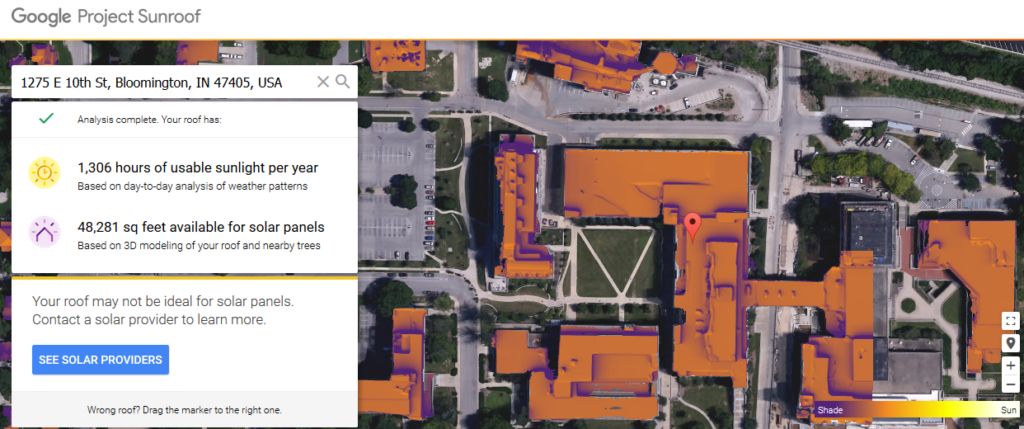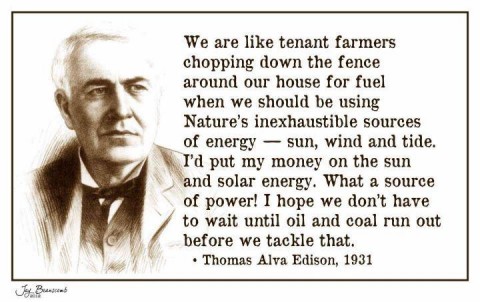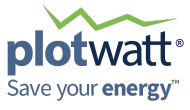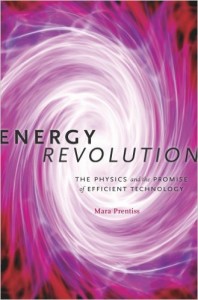The Boom: How Fracking Ignited the American Energy Revolution and Changed the World
by Russell Gold, 2014

Hydraulic fracturing, or fracking, is the process of pumping water and chemicals down an oil/gas well to crack the shale rock formation many miles underground. The cracks in the shale then release the fossil fuels, which flow up the well and are collected and pipelined to markets. This book does a good job of explaining the process, the market, the opportunity, and the risks of fracking. It is relatively unbiased and has in-depth looks at Chesapeake Energy and efforts at detecting unsuitable cement well-walls that may be leaking gas.
The book was published in 2014, so it does not contain reference to the oil/gas prices drops of the last ~12 months. I think that companies have been in too much of a rush to pump the oil/gas from fracking as fast as possible, and the glut of product into the market has killed the economic benefit of the new reserves. Many of the fracking rigs are now idle, as the lower market price of gas/oil is not enough to justify drilling. The rush has also led to many environmental issues. I’m of the opinion that fracking seems to be an acceptable process overall, but it has been badly planned out by the energy companies and poorly regulated by the government.
“The stone age didn’t end because we ran out of stones.” And the fossil fuel age will hopefully end before we run out of carbon sources, as we are really good at finding new sources and their cumulative effect on the planet is not good.




